All About Henna!
Henna has served as a symbol of good luck, health and sensuality for over five thousand years. The henna plant is associated with positive vibes and provides the link to an ancient age, full of good and bad spirits. Generations of women have used a paste made primarily of dried ground henna leaves for their designs. Some of these designs range from simple blobs to intricate geometric patterns designed to ward off evil, promote fertility and attract good energy.

The practise of decorating the skin is popular mainly in India and the Arab world. However, due to its rising popularity in the West, Indian cinema and entertainment industry, the people in Nepal, Pakistan, Bangladesh and the Maldives also use them. Mehendi decorations became fashionable in the West in the late 1990s, where westerners call them “henna tattoos”.
Women traditionally apply henna during special Hindu weddings and festivals like Karva Chauth, Vat Purnima, Diwali, Bhai Dooj and Teej. Many women draw designs on their hands and feet and sometimes, on the back of their shoulders too. Men also apply it similarly on their arms, legs, back, and chest. It is applied on places where the colour contrast of the skin is maximum.
Mehendi was originally a form of decoration mainly for Hindu brides. Muslims of Indian subcontinent also apply it during their festivals like Eid-ul-Fitr and Eid-ul-Adha.

In the modern age, Hindu, Muslim as well as Christian brides apply this art for their wedding day. Due to a limited supply of traditional henna artists, usually people buy ready-made cones, which are ready-to-use and easy. However, in rural India, women grind fresh henna leaves on stones with added oil, which though not as refined as professionally prepared cones, achieve much darker colours.
Many people add synthetic dye to the mix to give it a black color. This is most likely due to the desire for a “tattoo-black” appearance. Alata is a similar flower-based dye used paint the feet of the brides in some regions of India. Bengali brides still use it.
For professional Henna artists, contact: mail@tamarind.co.in

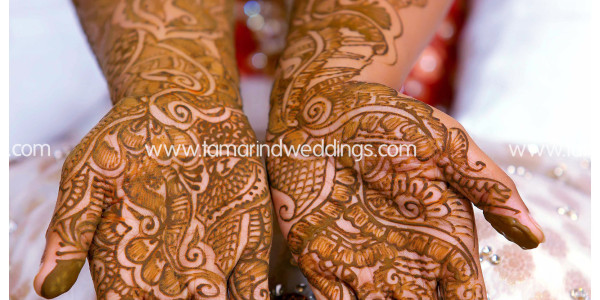
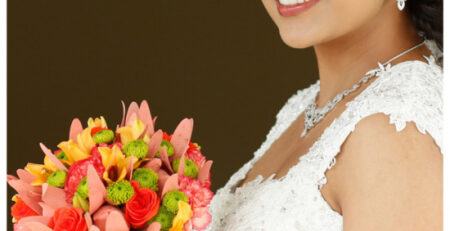
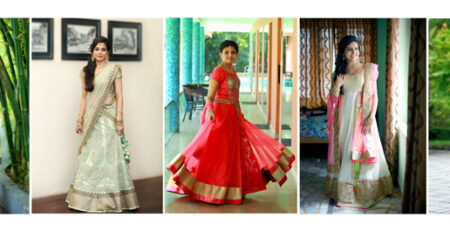
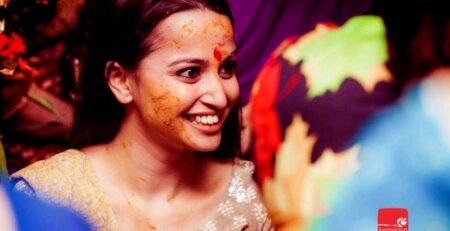

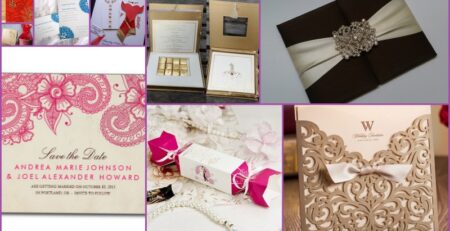
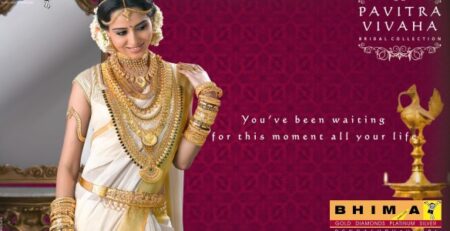
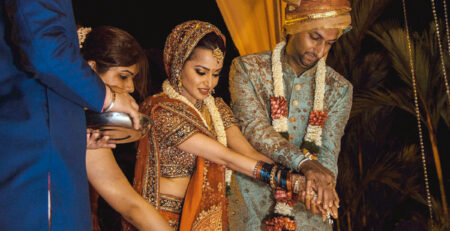
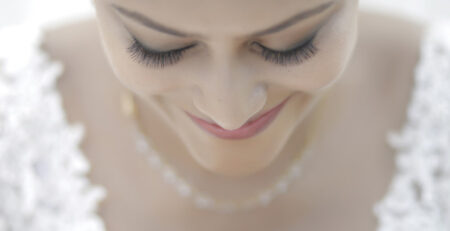
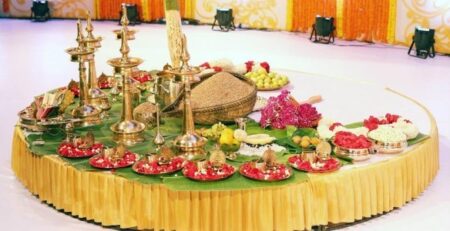
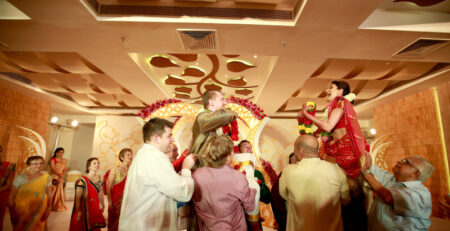
Leave a Reply